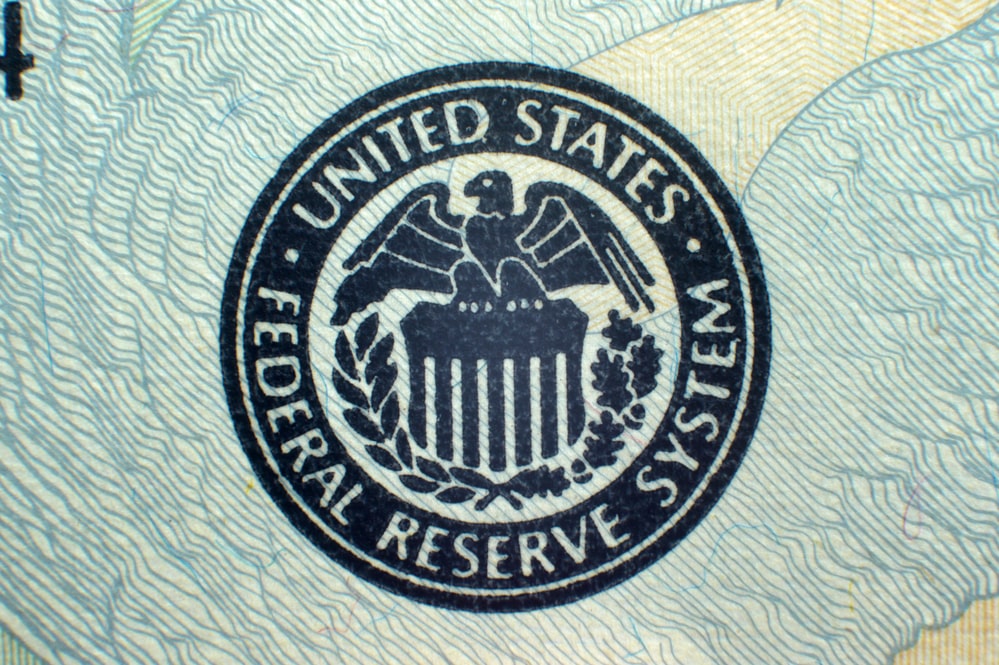
Monetary Policy & Inflation | US

Monetary Policy & Inflation | US
‘We wouldn’t just raise rates and try to crash the economy and then clean up afterward.’
– J. Powell, November 2022
Immaculate disinflation. To succeed in fighting inflation, at the same time keeping the economy from financial instability: this is the central banker’s dream.
This month, the Fed will talk hawkish and act dovish. In a two-step dance with markets, central bankers have been targeting inflation, while at the same time keeping an eye on market volatility.
‘There is no trade-off between price and financial stability’, said ECB President Lagarde at her press conference in March.
History suggests the opposite. With interest rates climbing, several cracks have opened across the financial system over the past few quarters, including the LDI pension fund crisis in the UK, Silicon Valley Bank and Credit Suisse to name a few. The Fed’s reaction will be to pause and wait.
Yet, 500bp of hikes later, the economy and the job market remain solid, and inflation is still sticky and above target.
If hikes aren’t working, then what are central bankers not doing?
And can the dream of a soft landing without financial instability become a reality, or is it just a policy free ride?
To answer these two questions we need to understand whether inflation will remain sticky. The short answer is yes, inflation will stay above target.
Our models estimate a softening in demand, but not enough to trigger significant job losses this year. We still see US inflation above 3% at year-end. Recent research from the Kansas Fed shows that bank failures have limited impact on lowering inflation. The Silicon Valley Bank and Credit Suisse failures were a bump, not a systemic crisis. In fact, consumer data shows delinquencies on auto loans, credit cards and mortgages have improved over recent months, not deteriorated. And while consumers keep on spending, governments are leaving the taps open too, with the US leading with a projected deficit of 7% of GDP.
Financial conditions remain loose: what central bankers are not doing is quantitative tightening, and that’s resulting in record-inverted yield curves. For someone trying to tighten liquidity, an inverted yield curve is a self-defeating proposition: quantitative teasing, not tightening.
Today, Microsoft or Apple can borrow below 4% and park their cash in T-Bills at over 5%. The majority of mortgages are set below current rates, according to Goldman Sachs research: wealthy households are still paying 2-4% interest and can invest at higher rates.
Who is bearing the burden of high interest rates? Cash-strapped businesses and consumers borrowing short term. For the top-50% of households and the firms listed in the S&P 500 or rated investment grade, the good times are still rolling. Both credit spreads and equity risk premium are back to the lowest levels of the year. Put simply, heavily inverted yield curves keep long-term capital into risky assets, which defies the marginal impact of higher short-term rates.
Read the full article here: No Free Lunch for the Fed – ANDROMEDA CAPITAL MANAGEMENT (andromedainvestors.com)
Spring sale - Prime Membership only £3 for 3 months! Get trade ideas and macro insights now
Your subscription has been successfully canceled.
Discount Applied - Your subscription has now updated with Coupon and from next payment Discount will be applied.